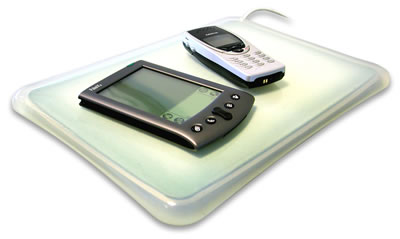Project 535
Monday, October 31st, 2005A couple weeks ago, one of the newsletters I follow carried this interesting tidbit:
The One-Topic Reporter
Wow. Journalism sure has changed. Case in point: Toronto Globe and Mail reporter Shawna Richer has been given the go-ahead to spend the entire 2004-05 hockey season covering the Pittsburgh Penguins’ hot rookie, Sidney Crosby, who hails from Canada and is considered the next Wayne Gretzky. That’s right, it’s all Crosby all the time.According to this column at SI.com by Richard Deitsch, Richer has acquired a work visa, rented a one-bedroom apartment in Pittsburgh, and she’ll be writing stories that appear not only in the sports section but also on the newspaper’s front page (two to three times a week). And she’ll be blogging about Crosby daily (or near daily). …
So that’s one subject, one reporter — for an entire season.
Now, don’t get me wrong. I can see why following young Sidney might have some appeal. But it seems to me that if we’re going to start dedicating reporters to a single person, we could set our sights a little higher. Perhaps, say, Congress?
How many of the 535 members of the U.S. Congress have their own dedicated reporter? I’ll wager the answer is zero, which is quite a shame. Because there’s another group that’s lavishing them with attention: lobbyists.
Oh, sure, we all know they’re out there, but do we really know how many? According to WaPo, there are 34,785 registered lobbyists at the federal level — or roughly 65 per member, a 53% increase from even 5 years ago.
Billions are being spent in this effort, and the article notes that “big-bucks lobbying is luring nearly half of all lawmakers who return to the private sector when they leave Congress, according to a forthcoming study by Public Citizen’s Congress Watch.” More ex-Members, more effective lobbying.
So I’m sure Sidney’s a good kid, and who knows, the Canadians might have very little to worry in their government. Me, I’d prefer that American dedicated reporters start up The Hill.





